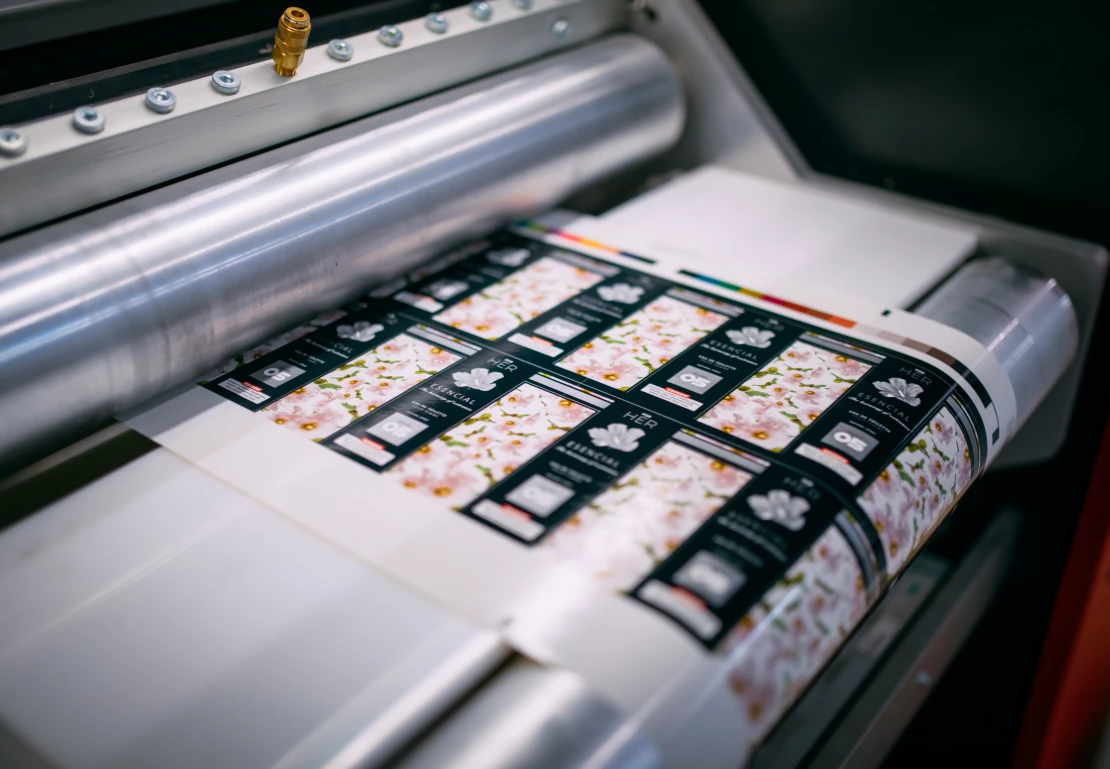
How to Label Glass Bottles: Techniques for Clean, Clear Labels?
Share
Labeling glass bottles can be a challenging yet rewarding task, especially for tech professionals and enthusiasts seeking to organize their projects. The process involves several factors like the type of labels you use, the methods to adhere them, and ensuring they remain intact through various conditions. If you are wondering how to label glass bottles, youre in the right place. We will break down the process step by step.
The first step in **labeling glass bottles** is deciding what type of label to use. Depending on your projectfrom crafting to labeling products for salethe material of the label can make a big difference. Adhesive paper, vinyl, and even printable fabric can work wonders. Now, lets dive deeper into the various methods available.

Choosing the Right Materials for Your Labels
When looking at different types of materials, a few options stand out:
- Paper Labels: Cost-effective and easy to print, ideal for short-term storage.
- Vinyl Labels: Weather-resistant and durable, perfect for products exposed to moisture.
- Clear Labels: Provides a transparent look while maintaining a sleek aesthetic.
Choosing the right material serves as the foundation for effective labeling. For further insights into label-making processes, check out this link on making labels in Google Docs.
Printing Your Labels
Once you decide on the label materials, the next step is printing. Its advisable to use a high-quality printer with appropriate settings for printing labels.
1. **Select the Right Printer**: Make sure you have a printer that is compatible with the label material. For instance, thermal printers can be ideal for vinyl labels.
2. **Adjust Printer Settings**: Set the printer's paper type to match your label paper. Higher quality settings work best for small fonts to ensure readability.
3. **Print a Test Page**: Always print on plain paper first to check the layout and alignment.
After printing, you can find some additional labeling techniques in our article on flexography.
How to Apply Labels Effectively
Now, onto the actual application of your labels:
- Clean the Surface: Ensure that the glass surface is free from dust, dirt, and moisture.
- Align Carefully: For alignment, you may find it useful to utilize a flat surface and mark where you want the label to go.
- Press Firmly: Apply pressure from the center outwards to remove any air bubbles.
If youre curious about aligning labels perfectly, you might want to read our blog on label alignment.
Ensuring Durability of Labels
Theres nothing more frustrating than labels peeling off, especially in humid environments. Here are a few tips to ensure your labels last:
- Seal with a Laminate: If possible, apply a laminate over the label to protect it from moisture and scratches.
- Use Permanent Adhesive: Choose labels with a strong adhesive rating to ensure it sticks effectively.
- Store Appropriately: Keep your labeled bottles in a cool, dry place to enhance longevity.
For labeling other curved surfaces effectively, see this link: curved surfaces.
Final Touches: Personalization and Barcoding
In today's tech-savvy world, it helps to add a personal touch or an innovative feature to your labels:
- Custom Designs: Use graphic design software to create unique designs reflective of your brand.
- Barcodes: For business purposes, adding a barcode can streamline inventory management.
To enhance your understanding of labels, you can find additional resources on printing labels.

FAQs about How to Label Glass Bottles
1. What type of label should I use for glass bottles?
The type of label depends on your needs. For durability and moisture resistance, vinyl labels are recommended.
2. Can I print labels at home?
Yes, you can print labels at home, provided you have a suitable printer and label paper.
3. How can I remove labels from glass bottles?
You can soak bottles in warm, soapy water or use a solvent like rubbing alcohol to help remove residues.
As an Amazon Associate, I earn from qualifying purchases.
